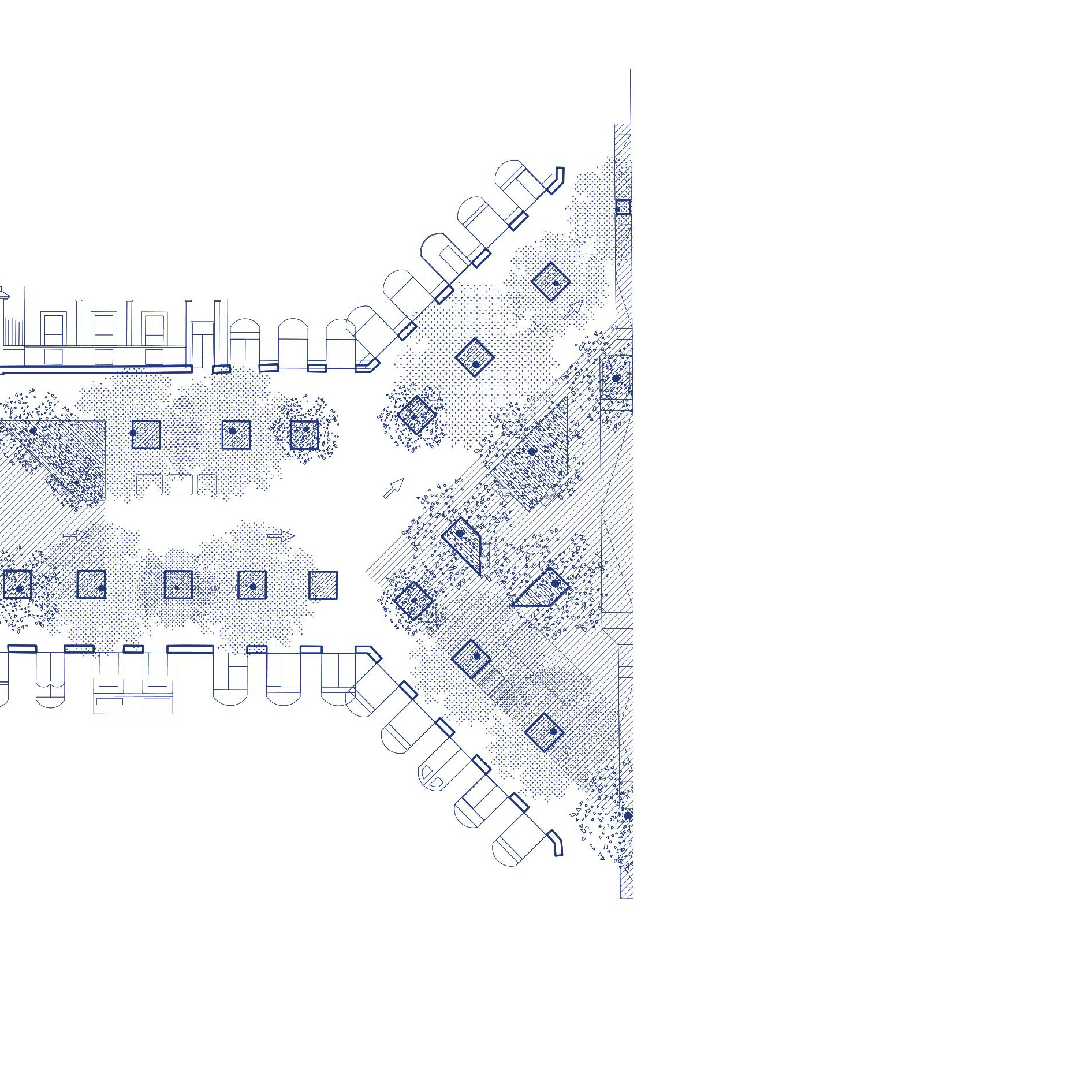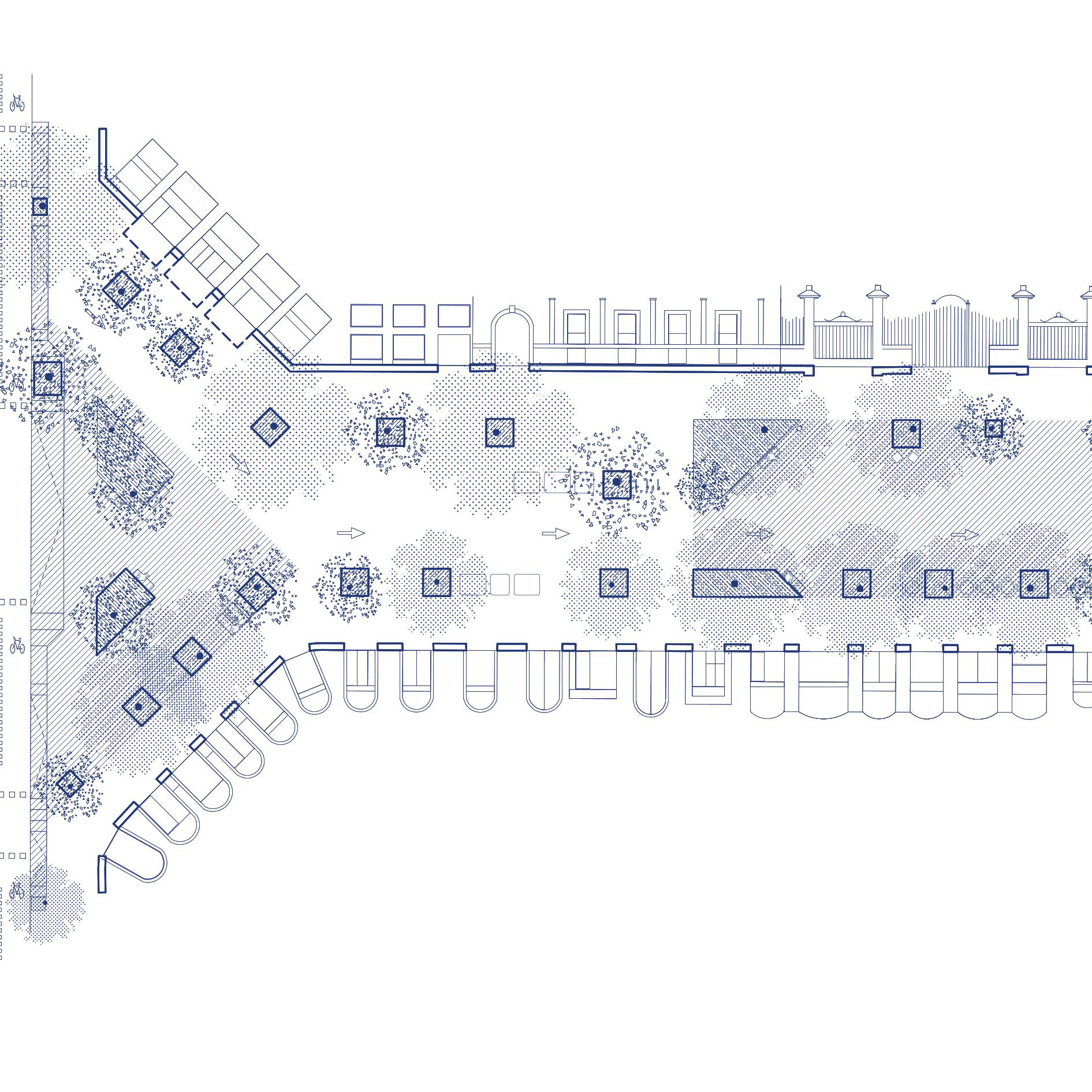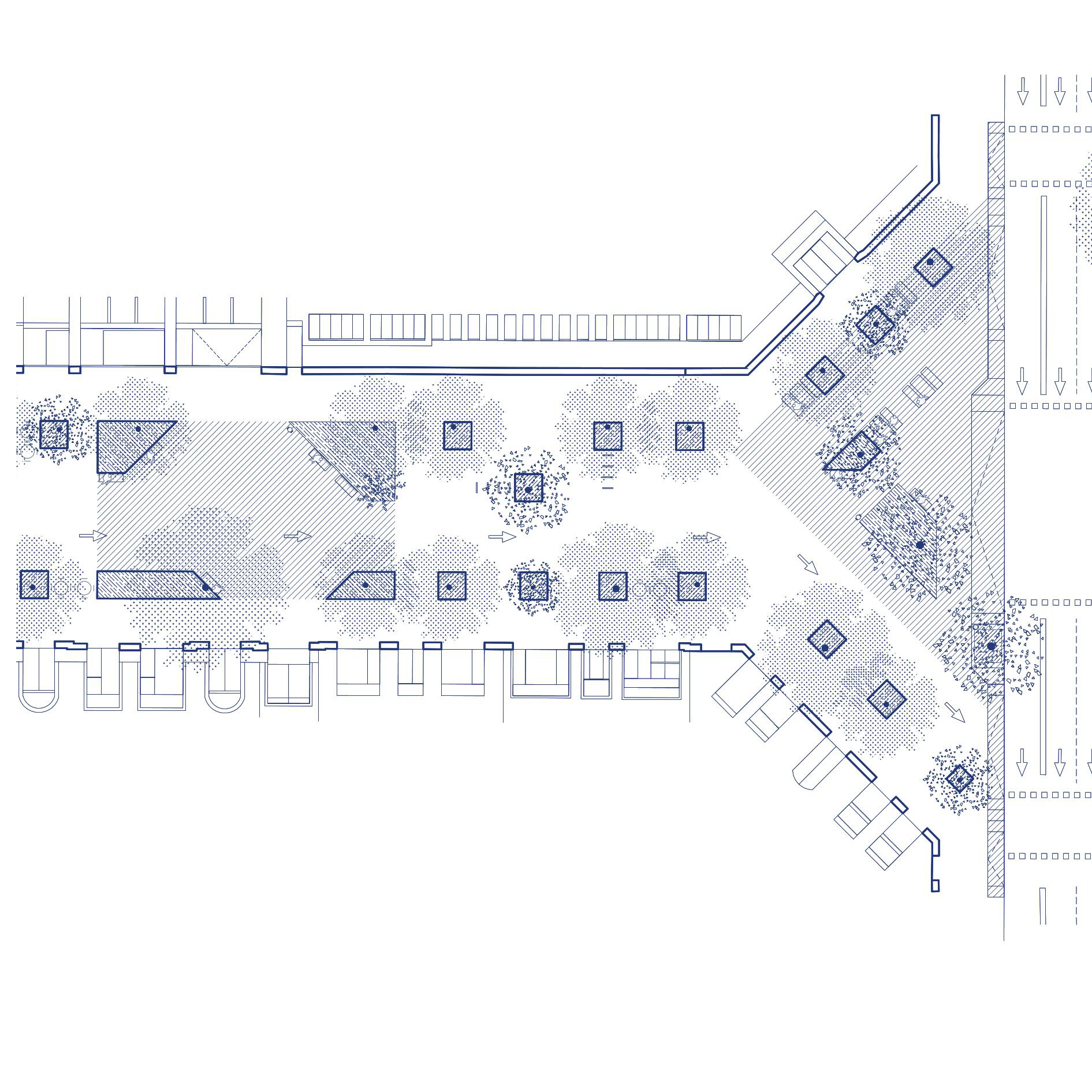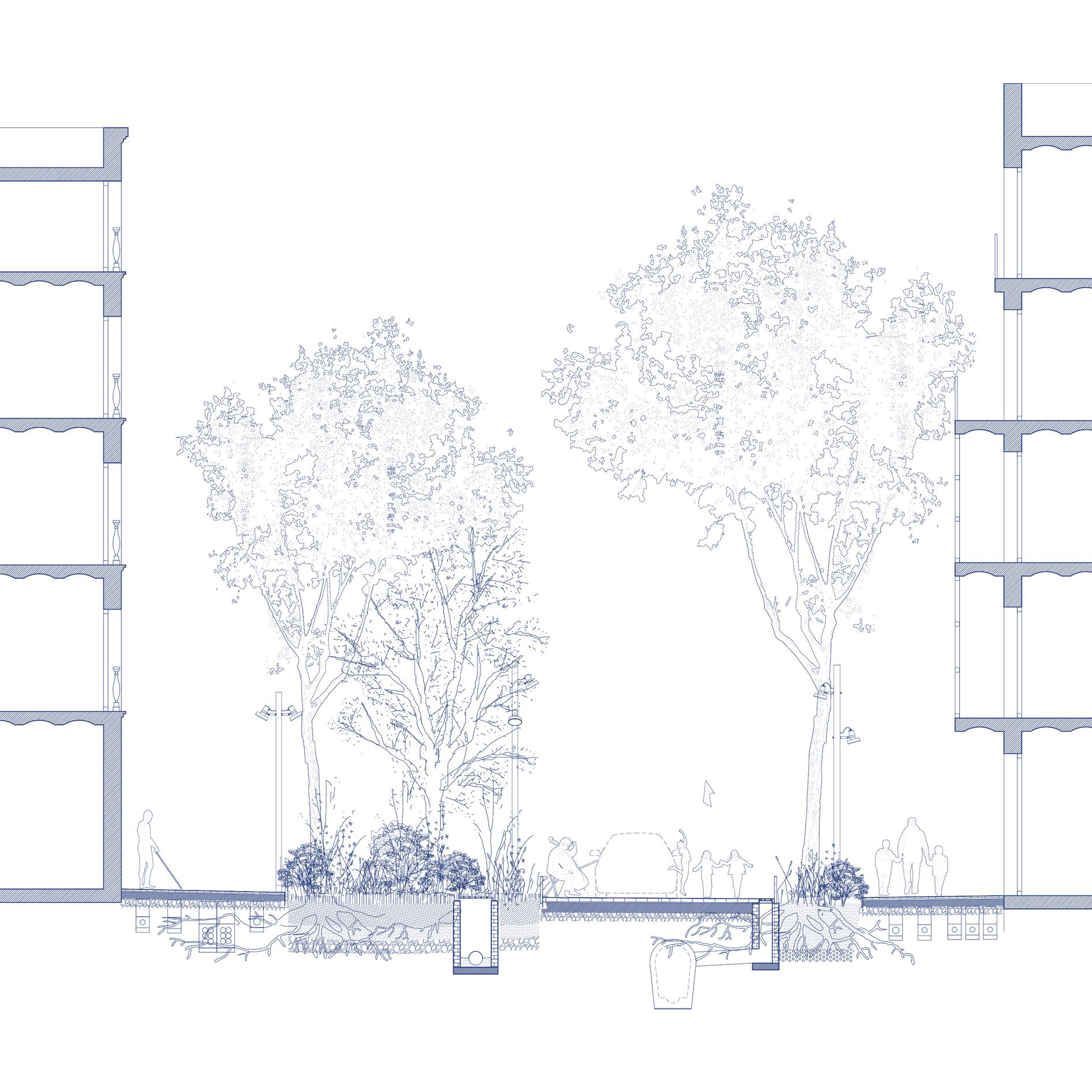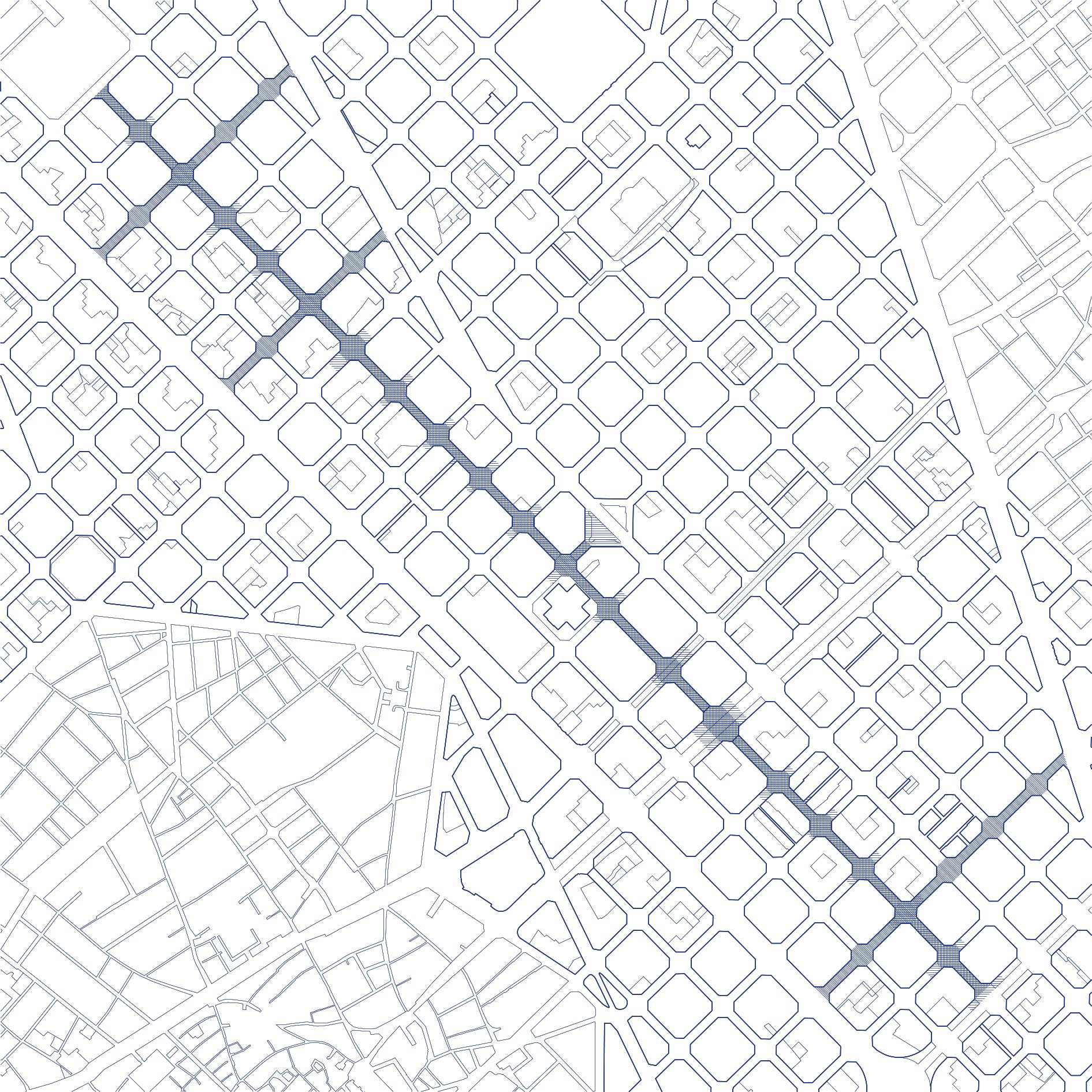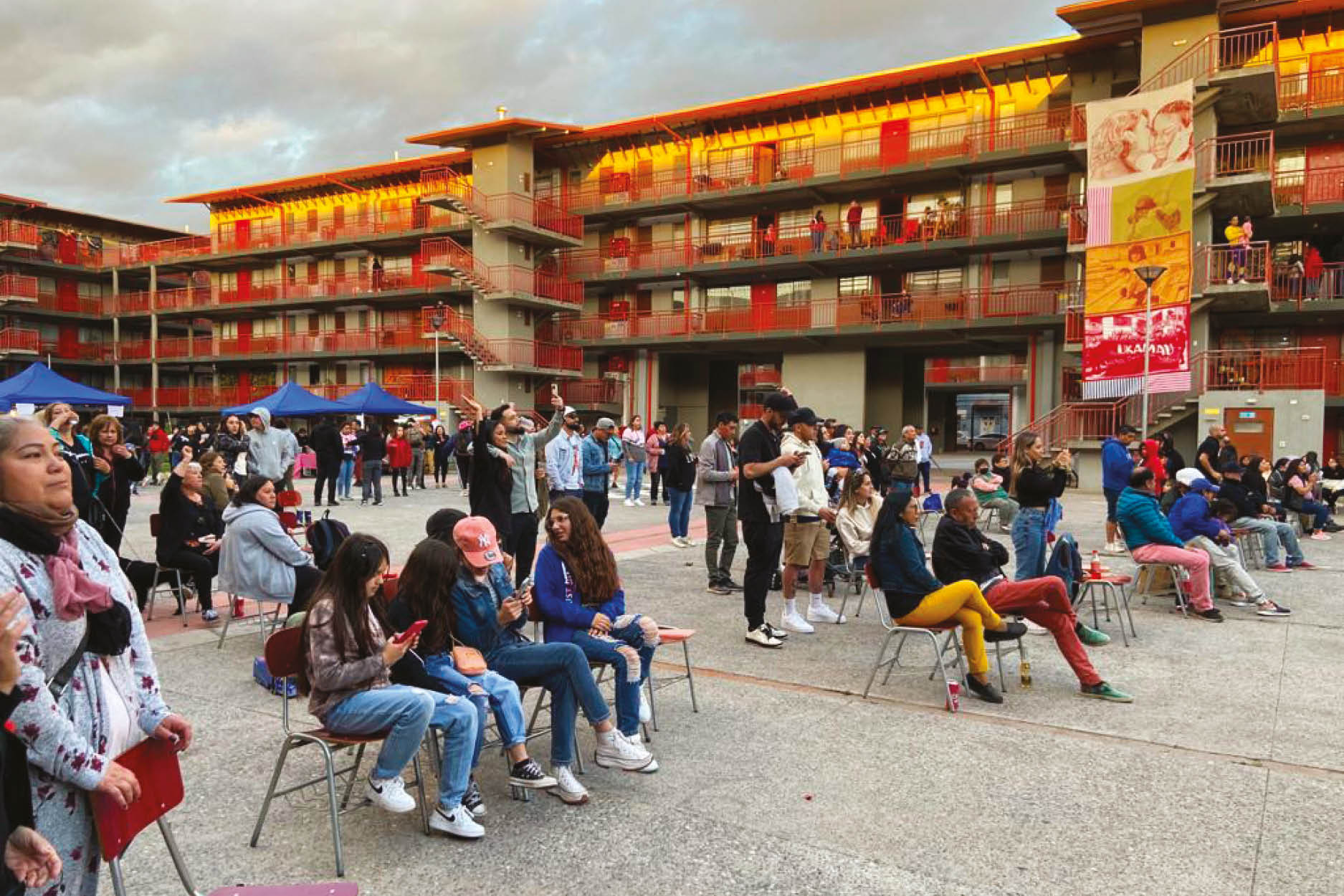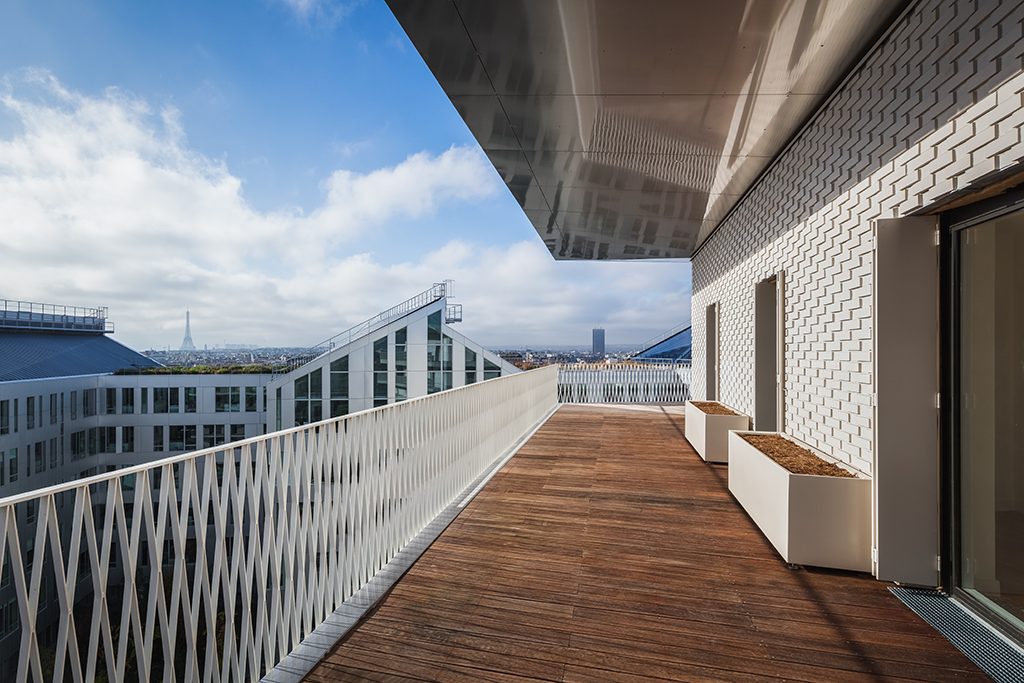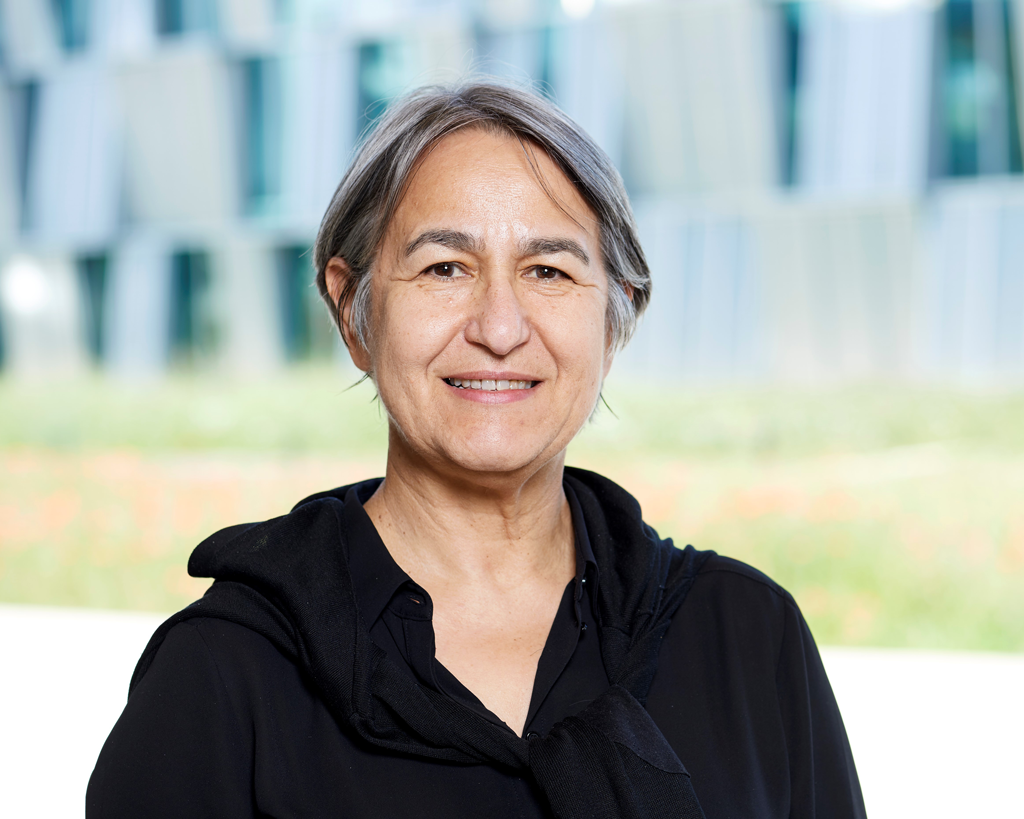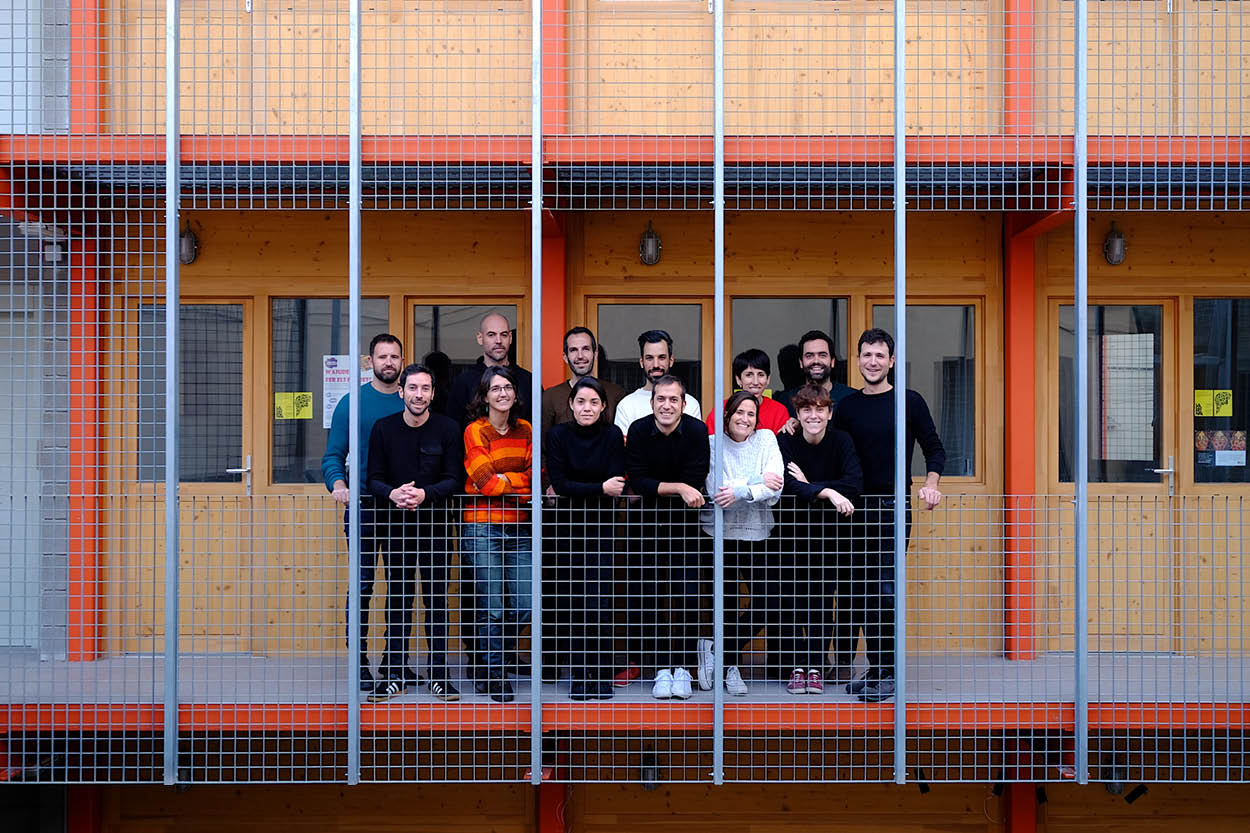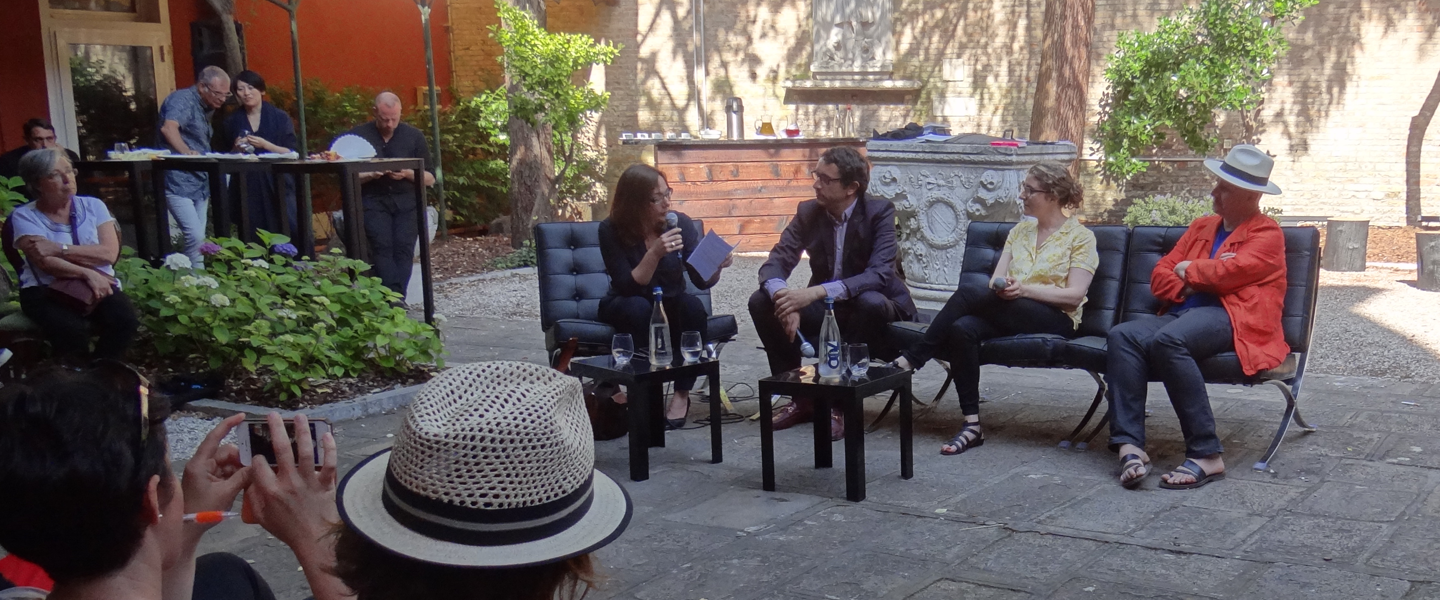Cierto Estudio, from Barcelona to Paris
Cierto Estudio is a Catalan architecture office founded by six women during their years at the Escuela Técnica Superior de Arquitectura de Barcelona (ETSAB): Marta Benedicto, Ivet Gasol, Carlota de Gispert, Anna Llonch, Lucía Millet and Clara Vidal. In 2014, they were awarded the Honourable Mention of Solvia's property company Benvenido a Casa competition. Since then, the six partners have specialised in housing, but have also extended their activities to public and private facilities, town planning and interior design. 2024 marks a new turning point for Cierto Estudio, with the opening of new offices in Paris. Interview.
Yên Bui
Can you introduce your practice in a few words?
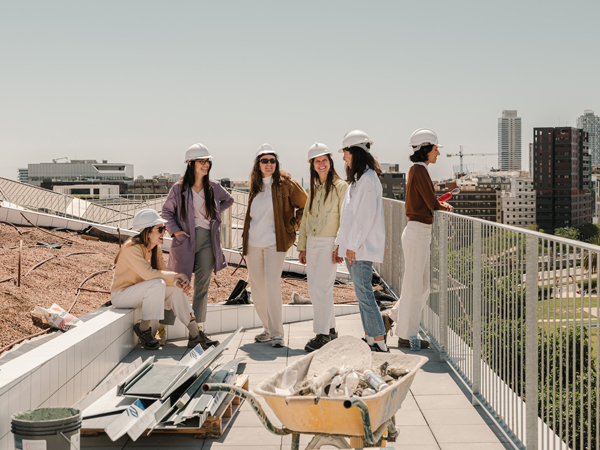
Cierto Estudio was born out of a group of friends that we had formed during our studies at the Escola Técnica Superior d’Arquitectura de Barcelona (ETSAB). After graduating, we continued to work together on small projects and by participating in architectural competitions. This allowed us to deepen our research into collective housing.
Over the last ten years, we’ve expanded the practice and consolidated our work beyond multi-family housing. Today we develop projects ranging from urban planning to public and private facilities, as well as details of interior design projects. We always approach our projects from a domestic point of view, seeking to create spaces that are adapted to the daily lives of their users.
As young female partners, we have faced some major challenges in our profession. We have often faced paternalistic attitudes on large sites. But this experience has strengthened our team. It has enabled us to break down barriers and approach challenges such as motherhood and family life in a fluid and balanced way. This has fostered the growth of the agency and prepared us to succeed in the face of new professional challenges.
Can you tell us more about the housing situation in Barcelona?
The housing situation in Barcelona is critical. The lack of supply is driving up prices, making housing increasingly inaccessible to a large part of the population. In addition, urban production mechanisms are very slow when it comes to creating new housing, and current regulations are not designed to be flexible in the face of the current housing crisis. As a result, processes that should be agile turn out to be cumbersome and complex.
However, this issue is now on the agenda of all administrations and we understand that they are striving to find solutions. At the same time, over the last decade, Barcelona has established itself as a pioneer in the design of innovative housing. These incorporate the gender perspective as a design method, promoting inclusive housing that responds to the diversity of contemporary family structures.


Why did you decide to set up in France, and in Paris in particular?
As part of the Erasmus programme during our studies, each of us had the opportunity to travel to other countries to study (Paris, Oslo, Munich, Delft, Glasgow and Chicago). This experience not only gave us the opportunity to explore different architectural cultures, but also enabled us to create a valuable network of contacts. We continue to cultivate these relationships today, enriching the professional growth of our agency. Clara has also lived, studied and worked in Paris. Thanks to her experience of the city, we were able to establish contact with Vincent Lavergne’s agency, with whom we collaborated on several competitions in Spain and France, winning our first competition in France with the Lumi 2.0 project in Bordeaux for Clarisienne.
Paris, being in the heart of the old continent, has become a strategic location for our agency. From here we have the advantage of easy access to other countries where we also work, such as Belgium and Switzerland. We also believe that our approach to projects, which focuses on everyday life, adds value to the vibrant cultural activity and intense intellectual debate about urban life and its inhabitants in the city of Paris.
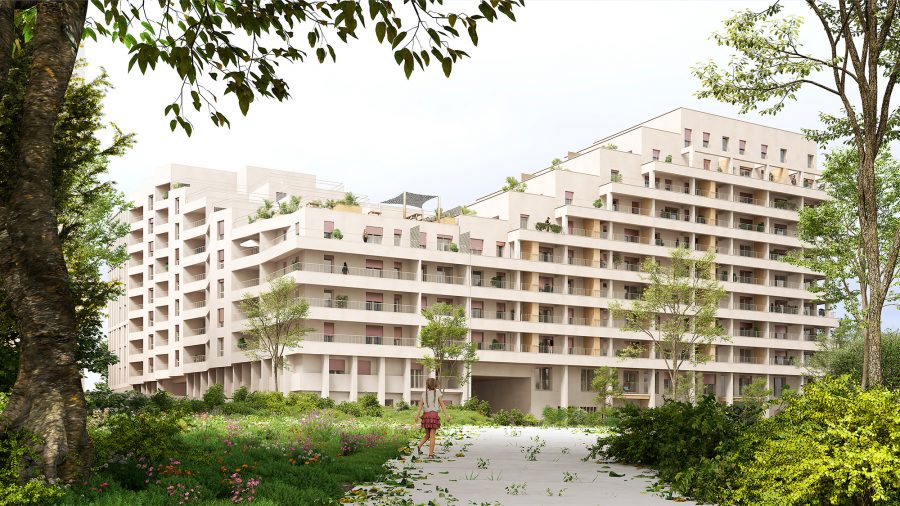
How would you define your approach to housing?
In 2017, we won our first social housing competition for Barcelona’s Municipal Institute of Housing and Rehabilitation, Illa Glòries. This was our first major contract, in which we incorporated all the research developed between 2014 and 2017. This work has led us to create an urban block that forms the transition between the fabric of the Eixample Cerdà and Barcelona’s new 22@ District. Although this is a social housing project, we have given the block a monumentality that is strongly influenced by its location. These homes respond to key issues that we have emphasised from the outset, such as the gender perspective, inclusivity, diversity of family backgrounds and the creation of spaces that promote cohesion.
We see the home as the place where we grow and develop. That’s why we design homes that not only promote inclusive spaces, but also allow domestic tasks to be visible and shared. Moreover, it’s important that the layout is flexible enough to allow the wide variety of family nuclei that exist today to live in the same home. In short, our approach focuses on designing domestic spaces that meet today’s needs while allowing residents to develop a comfortable daily life.
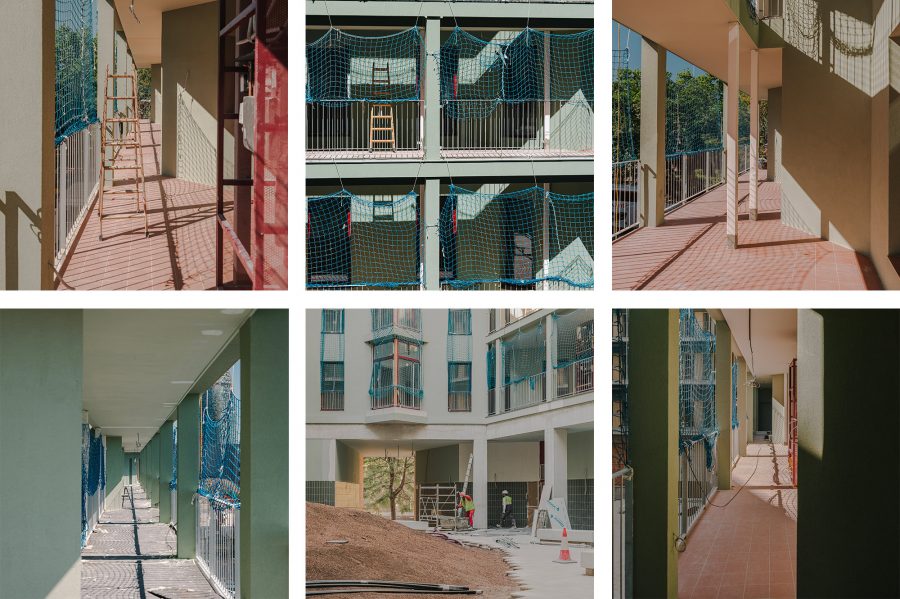
What is your most emblematic project?
There are two at the moment: the development of the Eixos Verds – Superilles model [the programme set up by the city of Barcelona to reduce road traffic in the city by creating ‘super-islets’ and green, planted and pedestrian routes. Editor’s note] with Barcelona City Council, as well as the design of the Consell de Cent green axis, located in the heart of the Eixample Cerdà district, marked a turning point for our agency.
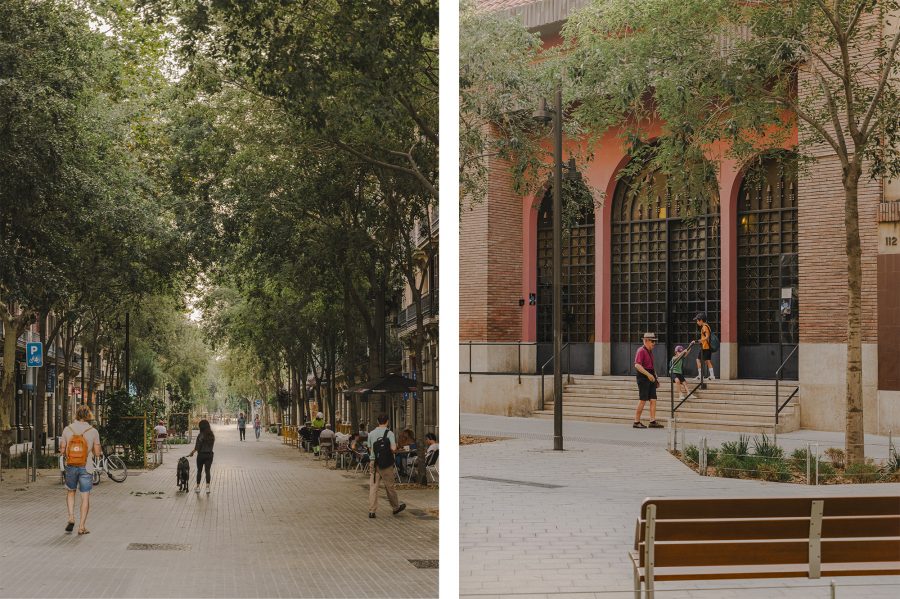
At the heart of the project are three elements: pedestrians, nature and sustainability. In the Rue Consell de Cent, we are proposing a platform that stretches from one building to the next, inviting people to walk down the centre of the street. In this way, the street formerly occupied by cars is transformed into a space for conviviality and daily events, transcending its former status as infrastructure. Existing plants are preserved and regenerated: the vegetation enriched. We have installed sustainable drainage and irrigation systems. Along the 20-block stretch of road, squares of varying sizes provide areas for resting or playing – and also help to homogenise the stretches, by minimising the roughness of the islands. Finally, we are seeing every day that this new pedestrian network, which is peaceful and planted with greenery, is widely acclaimed by local residents – it’s a shared success.

To keep up to date with Cierto Estudio news, visit their website.

